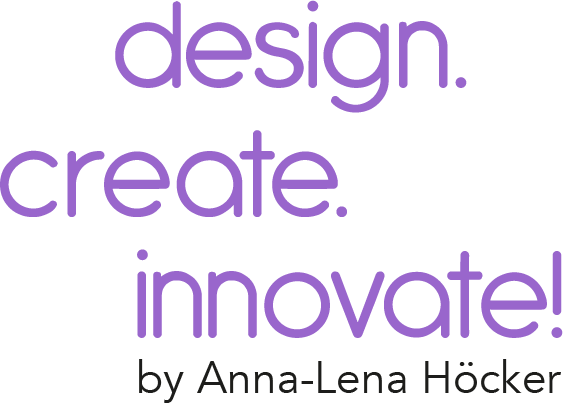Today is about time-related questions, from atomic time to business time to natural time. I hope you have a few more minutes available today, because my thoughts need a bit more than the usual 8-10 minutes of reading time.
How Atomic Time, Earth Rotation, and Climate Change Are Connected
Recently, I read an article in the science magazine Nature about how climate change affects human timekeeping: the Earth never rotates around its axis in exactly 24 hours. The rotation varies slightly. Atomic clocks occasionally need to be adjusted by a leap second to account for this irregularity.
In the coming years, a negative leap second is anticipated because the Earth's rotation is slightly accelerating. This is where climate change comes into play: the melting of the polar caps leads to a slowing down of the rotation, so the timing for the especially feared negative leap second in IT and business could be delayed a bit longer.
Unfortunately, I see no reason to celebrate here. My personal realization:
The effect of climate change is already so strong that it impacts the speed of Earth's rotation!
The problems of human-made timekeeping are thus secondary for me. I even dare to argue that we humans build errors into our (business) calculations and decisions with our concept and our perception of time.
Errors in Thinking About Time
We use set time periods as containers within which certain tasks must be completed, successes achieved. Once the time container expires, patience and financial resources of the client also dwindle. Should more time be needed, elaborate approval processes are necessary—processes and bureaucracy that consume time.
There’s the belief that one needs a 3- or 5-year strategy. After this period, one must start from scratch. The next costly strategy project MUST be initiated. Why? Does the market reliably change after 3-5 years?And even if it does, must it be a strategy adjustment or rather a tactical adjustment in the implementation of the strategy?
Within large time containers, however, there are few stringent smaller time stipulations that make a task tangible for human perception. Unless, of course, one practices "Agile" – then we need to work in 2-week sprints because someone in IT development deemed it a sensible period (I love the Agile Manifesto, but somehow in most companies only the roles and the 2-week cycles stick, not everything else that comes with it).
Pressing Content into a Time Form
For me, all these are examples of what I simply call an inorganic handling of time. That is, a handling where the time stipulation presses the content into a form, thereby preemptively determining outcomes in terms of content or quality. The contents thus cannot emerge organically.
Time Stipulations as a Design Practice
This does not mean that we should not apply time stipulations in business. Rather, it is a call to question whether the standard time stipulations we set are sensible for the respective project. A project with a high demand for change or innovation can bring to light new insights during the research phase, necessitating content and time adjustments. Unfortunately, research itself is often allotted too little time. People prefer to work with assumptions to get straight to finding solutions – because they have a rigid time stipulation.
When I accompany projects, I also work with Time Boxing – time pressure for quick thinking without evaluation, to tap into unfiltered thoughts. Time Boxing is thus a design method that relies on time scarcity. Simultaneously, there are many methods that help change the perspective on time, thus allowing thoughts and ideas that would not arise within a restrictive time form.
Circular Time as Business Inspiration
Besides these methods, looking to nature helps see the concept of time from a different perspective: Nature knows no linear time. In nature, beginning and end are the same, everything is circular, organic. Could applying circular time thinking in business help make more sustainable decisions? Perhaps we should put ourselves in the time cycles of mayflies or giant sequoias. The mayfly helps us not to waste time and to make a positive contribution with all available time. The giant sequoia can tell us about the effects of our decisions on the future, long after we are gone. Would it affect our decisions if we could (or had to) experience their consequences?
With this question, I would like to end today. Maybe you are inspired to tentatively change your time perspective. Who do you put yourself in the shoes of?

